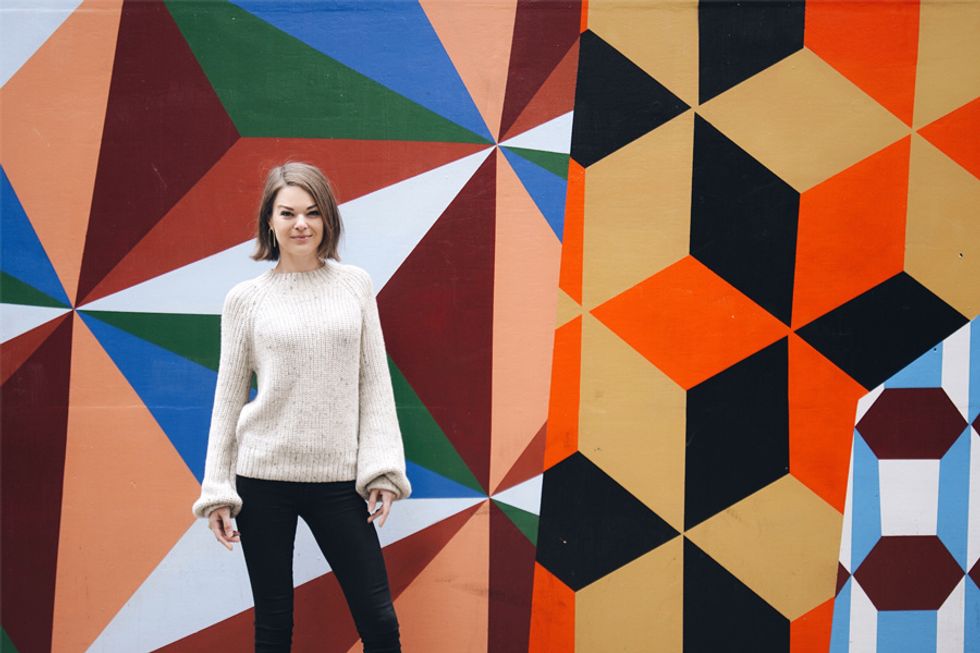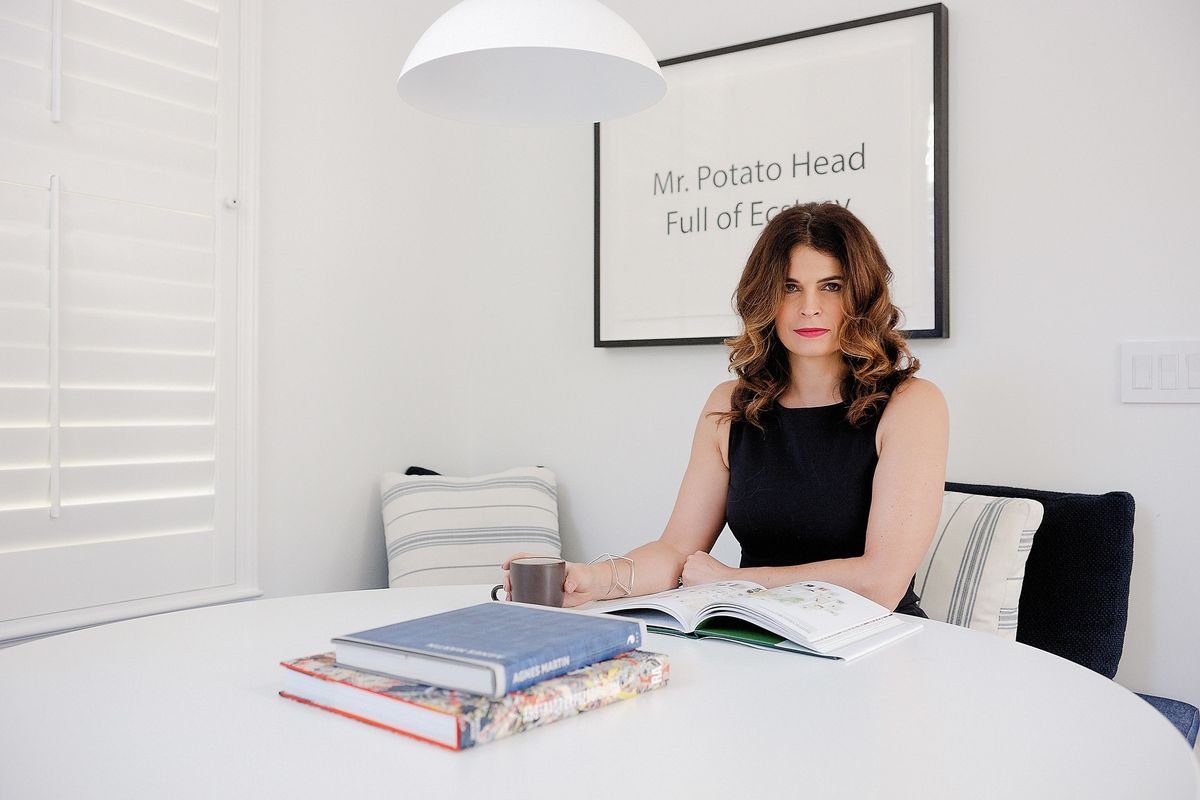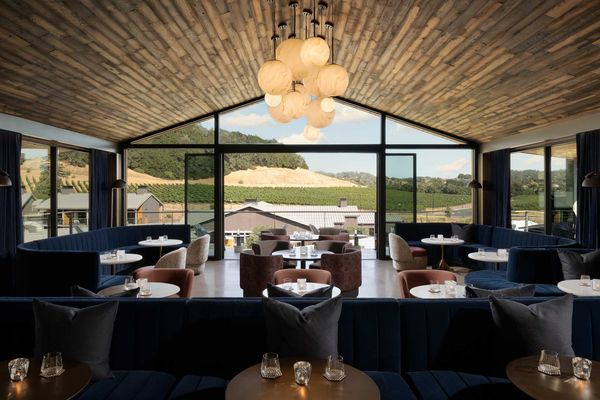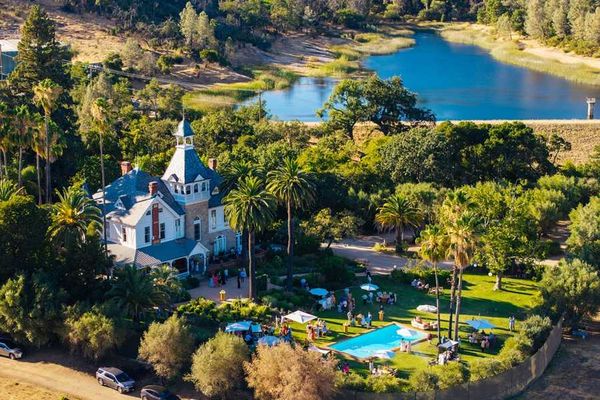This is a woman's world.
Well, maybe not yet. But if the pussy-hat-wearers and #metoo whistleblowers and #timesup advocates and Hollywood starlets and badass female chefs have anything to say about it (and you know they do!), it will be soon. But did you know that the art world is already at the cutting edge?
According to a study by The National Center for Arts Research, women are already conquering the art world. Ladies have leading roles at 48 percent of American museums, and 54 percent of our small and midsize galleries are female-owned. In fact, some of the country's most prestigious art institutions are directed by women—including Lisa Phillips, of New Museum in New York; Anne Pasternak, of Brooklyn Museum, and Martha Tedeschi, of Harvard Art Museums—who pioneer innovative new programs and promote up-and-coming artists and burgeoning communities.
The Bay Area, unsurprisingly, is in step with this revolution, with fearless women of power at every major museum and dominating our gallery scene. Meet the local ladies who are changing the rules and shaping a supportive environment to bolster both local artists and our city's reputation as an international leader in art.

(Jen Woo)
Jessica Shaefer, director of Sites Unseen and cofounder of Mixed Use
The basics. "My dad Rick Shaefer is a full-time studio artist. I never planned to get involved in the art world professionally. I studied philosophy and French in college, spent a few years living and working in Europe, then returned to New York not really knowing what I wanted to do. I ended up working for a prominent art dealer and curator, then ran a small gallery on the Lower East Side, and eventually realized that I loved working with artists but hated selling art...I moved out to San Francisco and began working as project director of Sites Unseen, which programs alleyways in downtown SF with permanent public art installations and participatory activations. Two friends and I cofounded Mixed Use, a curatorial collective that presents artist-chef collaborations and nomadic exhibitions. I've been on the board of The Lab, an experimental arts space in the Mission, for the past few years."
The foundation. "I believe that art is fundamentally important in society as a means by which we exercise criticality and catharsis, I believe that artists are radical thinkers and innovators, and I believe that art provides liberating experiences and empathic connections. It's so much more than collecting objects or beautifying spaces; art is an essential and powerful tool for transformation."
The Bay Area can do better. "The Bay Area is an ecosystem composed of a network of elements and their conditions for existence: There are artists who need affordable and safe spaces to live and create their work; galleries, which also require space and a collector base; museums and other nonprofit institutions, which depend primarily on individual and corporate donations, grants, and ticket sales; art writers, who need platforms to encourage critical thinking and free dialogue; audiences, who need access and education; etc. All of these factors come together, albeit in constantly shifting ways, to define a city's art industry, or world, or scene, whatever you call it. If affordable real estate disappears in the city, then we lose our artists, then we lose our galleries and alternative spaces, the institutions become stale and irrelevant, there's no new art to write or talk about, audiences drift away and with them, essential support and community. And that is a vision of a culturally bankrupt city. We need to protect and nurture the local creative forces, and foster the idea that art isn't just about having an aesthetic experience or acquiring an object. It's also about supporting the person or people who made it, show it, share it, and give it space to hold meaning for each of us."





















